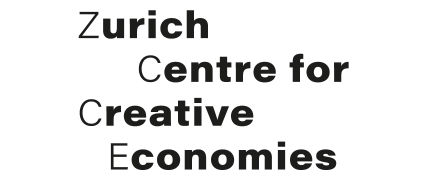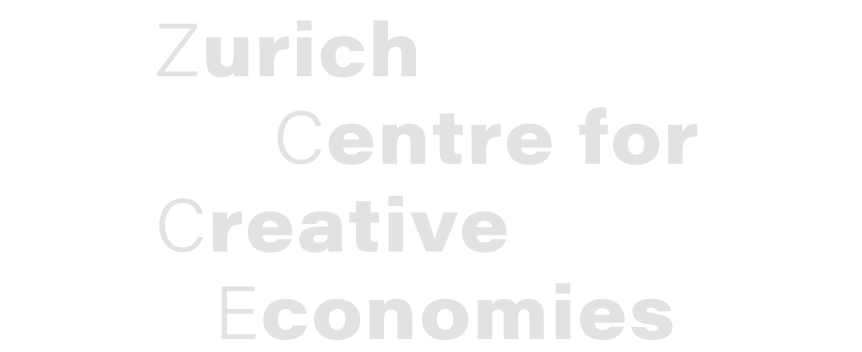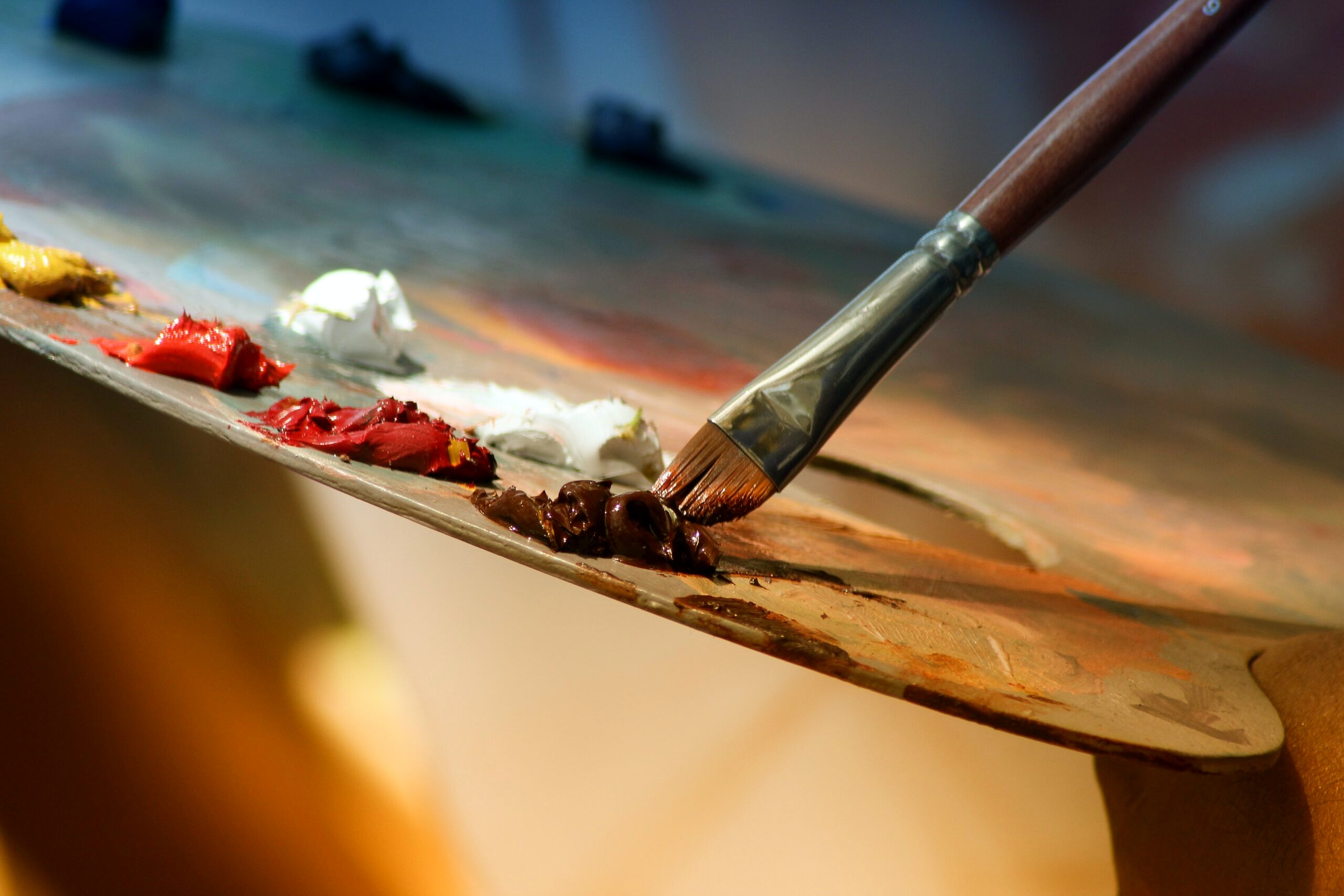The Astonishing Generosity of the Arts
In this age of metrics and data the imaginative ground without which art cannot exist has quietly come under threat. Our culture in the democratic West has given up the belief that the arts have their own, independent significance. This is the basic motivation revered American art critic Jed Perl lays out for having written his new book Authority and Freedom – A Defense of the Arts. As he concedes only towards the end of the text, it is to his own puzzlement and consternation that he had felt compelled to do so at all. The autonomous value of art seemed to him unquestioned and obvious just a few short decades earlier. Today then, Perl laments the widespread death of the notion that a work of art is an independent repository of transformative sensory experience.
Instead, what has taken hold is the demand that art service some social outcome, advance a particular political program, or embody a defined ideological stance. Perl argues in resolute terms that the arts have come to be denied their claim to independence upon which their power so fundamentally relies. Making art entails engaging with materials such as words, sounds, colors, and shapes. These are removed from society, politics, and other quotidian concerns. An artist’s work necessarily involves risking social and cultural irrelevance precisely because its materials and media remain distant from the haphazard flutters of the political affairs of the day. This is Perl’s chief claim, and he unpacks it clearly and thoroughly across the slim volume.
The falsehood of useful art
A key observation Perl makes of our cultural moment is a renewed focus on the relevance of the arts. The social, economic, political, and environmental challenges of our time have led many to ask what the arts can and should do to help. Quite apparently, there is a strong need for the arts to communicate something definite and comprehensible about the world. Works of art are often required to validate, appease, and comfort. They are rendered instruments for goodness in the world. As we might observe ourselves, many arts institutions have responded by espousing specific sets of social objectives or assimilating activist agendas. Vying for relevance, they now pursue an entire suite of social, political, and financial objectives, thereby veritably marginalizing their role as custodians of this culture’s great aesthetic achievements.
At the extreme, art is deemed worthwhile when it endorses a certain ideological trend. Perl asserts that this is indeed a falsehood. It is the author’s central thesis that such thinking endangers the independent value of art and erodes the imaginative ground which makes its existence possible at all. He reminds us that art is not political advertising. It need not satisfy one’s private morals or disperse a predetermined ethics. Imagination and ideology are not compatible, and neither could they ever be; they are antithetical.
Perl follows this critique with a pragmatic, impassioned argument for the primacy and sanctity of sensory experience and the mysteries of art-making. In so doing, he sits well beside other American arts and culture critics such as Camille Paglia, William Giraldi, or the late Harold Bloom. Perl points out that the value of art is easily recognized by remembering what attracted us to literature, painting, music, or theater in the first place. Encounters with these forms felt dreamy, obsessive, liberating, and maybe even irresponsible. They took us beyond ourselves. “We’re caught up, almost unthinkingly, in the astonishing generosity of the arts”, the author insists, “in the plethora of images, sounds, rhythms, themes, atmospheres, characters, narratives, and motifs.” The arts allow the apprehension of otherness and engagement in the mysterious field of existence we are part of beyond our own finite, mortal bodies. Their specific power to induce a heightened state of consciousness, transform, enhance, and educate emerges in a state of deep personal interiority. Such emphasis on the solitary nature of our experience of art is one of the strong points of the book, and Perl deploys it to make an equally convincing case for the selfsufficient aesthetic value of art.
An achieved inwardness
Just as our encounters with the arts rely on our own inwardness, so does their making to an equal or perhaps greater extent. This is the second pivotal idea of Perl’s book, and he builds his argument upon reference to an array of art forms spanning poetry, painting, music, dance, or theater, and drawing on a host of luminous figures such as Giuseppe Verdi, Anni Albers, Henry James, Flannery O’Connor, Pablo Picasso, or Aretha Franklin. Perl considers their lives and work to elaborate the idea that there is a strong vocational dimension to the artistic endeavor. It is driven by an imaginative imperative and unfolds in realities that are unreal and impractical. There is an inevitability to it; artists make what is hopelessly necessary to them. The nature of their project is deeply solitary, and it is the artist’s inwardness that isolates against the world and makes the work possible to begin with.
Consequently, Perl points out that a work of art does not emerge from the world but from the artist’s studio. The artistic dialogue is first and foremost one between the artist and her tools, not her social world. For the artist, the confrontation with a chosen medium is a continual struggle between authority and freedom. A form comes with its idiosyncratic tradition, its history, rules, systems, and processes. In accepting a medium, the artist simultaneously reinterprets its possibilities. He sets his inner will to freedom against the authority of the art form. It follows that the need to overcome authority is inherent to art. In fact, the author goes on to suggest that the artist’s interaction with earlier conventions of a form may have too seldomly been ascribed an ethical dimension: “…the struggle within the medium is also a way of coming to terms with the struggle between the possible and the impossible that plays out in the wider world.” And to this Perl adds: “The artist who has struggled with authority and freedom has confronted one of the most basic human predicaments.”
Art is disobedient
Perl closes his book with a well-wrought case for the unforeseeable, anarchic power of art. Indeed, its unruly character and the deeply interior nature of its experience have made it a target of suppression and censorship throughout history. In many ways, then, the artist’s particular interaction with the inner workings of a medium continually performs the universal contest against imposed order and authority. Art is making something, transforming the rules and processes of a medium into something self-sufficient in the world, in real time and real space. As such, a work of art does not do anything or incite to action. It is an achieved freedom. Likewise, it is the imagination that shields against tyranny, ideology, and dogma. Works of art hint at other realities and inner worlds apart from our own. They do not offer absolutes and in that are an antidote against authority and coercion. Art need not be contrarian or overtly socially subversive to allow for self-transcendence and a glimpse beyond the trap of one’s own mortality. Even at its close, the book avoids making grand philosophical claims and attempts at broader social diagnosis. It is written for a discerning, free-thinking public. Still, the book’s core impetus is personal, and this is felt across all its six chapters. Not least, the author shirks insular art world discourse, and for that we may thank him. In all, the timeliness and refreshing clarity of Perl’s book makes for a rewarding read.
Authority and Freedom – A Defense of the Arts by Jed Perl (2022). New York: Alfred A. Knopf. Hardcover, 176 pages.




